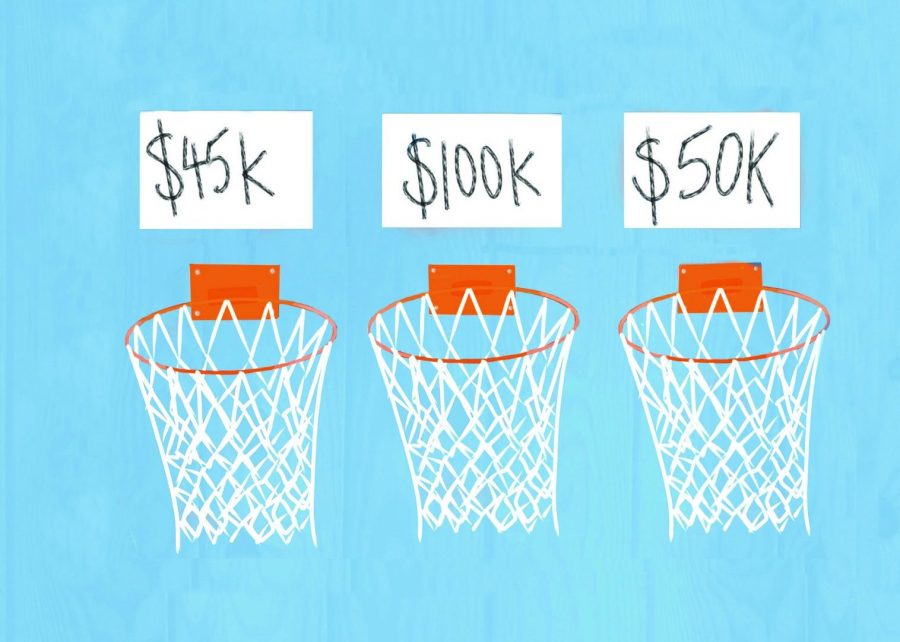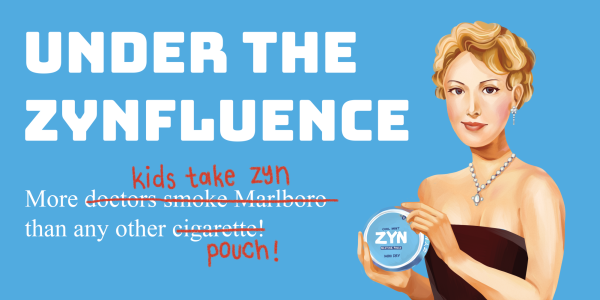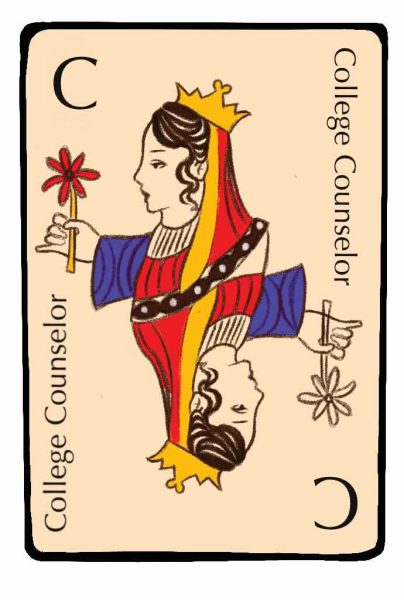Paid to Play
November 13, 2019
Students believe athletic compensation will benefit themselves and their families.
After hearing about the Fair Pay to Play Act, which was passed by the California legislature this October, baseball player and Stanford University recruit Drew Bowser ’20 grew excited about how the new regulations would impact his future. Because the act will go into effect in 2023, Bowser will have the opportunity to be compensated for the use of his image, name and likeness.
Bowser said that, due to the physical strain of playing a sport, receiving athletic compensation will benefit athletes and their families.
“I feel like it’s a great idea and very important for college athletes,” Bowser said. “They put their bodies on the line every day and make money for the schools. Allowing them to be paid will benefit not only them but also their families.”
The Fair Pay to Play Act will allow collegiate athletes to be compensated for the commercial usage of their image, name and more, starting in 2023. The act will not allow athletes to earn a salary, but will grant them the opportunity to hire an agent. Football player Brendan Kang ’20 said that though he can see the act’s potential positive effects, he also recognizes the dangers of monetizing college athletic careers.
“The commitment of training every day and missing classes for traveling to away games [makes] collegiate sports at a high-level essentially jobs,” Kang said. “It would only be fair for players to have some share of the massive profits colleges and companies are making at the expense of players and their images. However, I’m concerned that collegiate sports will turn into essentially a sports league, as players will be treated as professional sports players.”
Current alumni athletes said that they agree with the new act.
Water polo coach and future 2020 Olympian Johnny Hooper ’15 said that the possibility of making collegiate athletics more similar to professional programs is not a fault within the act, but rather a strength.
“I do think it would be good to [pay college athletes], and then I think you treat it more like a professional sport,” Hooper said. “If you are going to be paid a lot to be branded and marketable for these companies and for the school, then you are going to take your sport more seriously.”
In the past, the National Collegiate Athletic Association (NCAA), which brings in over $1 billion annually, banned athletes from receiving compensation, but its governing board overruled the previous ban in a unanimous vote Oct. 29, according to CNBC.
Soccer player Grace Shin ’21 said that the Fair Pay to Play Act will benefit not only athletes, but also the colleges they represent by increasing school publicity.
“These schools make so much money selling merchandise with players’ names on it that the players should get a part of that because otherwise, they are losing their right to their identity,” Shin said. “Allowing them to get sponsorships makes sense firstly because the schools aren’t losing out on money, and through a player’s sponsorship, the athlete’s school will also get more publicity.”
On the other hand, 2008 Olympian Peter Hudnut ’99 said he believes the act will create further separation between collegiate athletes and the rest of the student body.
“Scholarships are a great opportunity for kids, but when you start adding on ‘play,’ for some of them, for the elite, it further disincentivizes them to be in school,” Hudnut said. “Already at some universities, there is that awkwardness between student-athletes and the student population, and I think the opportunity to further fragment that will come with the act.”
Field hockey player and Yale University commit Rachel Brown ’20 said that because the time commitment of playing a sport is almost equivalent to that of a job, athletes deserve to be paid.
“I think student-athletes are already devoting so much time to the college. A lot of athletes who are currently in college can’t get jobs and other forms of income because their sport is taking so much of their time,” Brown said. “It’s almost like a job to them, so they should have the opportunity to be able to get paid.”
Similarly, Head of Athletics Terry Barnum said the act will not directly affect high school athletes, but they should have the ability to make money off their representation, just like non-athlete students who make money from their jobs.
“Right now, [high school] students can make money off their likeness, and it does not affect their high school eligibility,” Barnum said. “The only way that this may affect students is that if they are talented enough to earn an athletic scholarship, they will not be penalized for money they earned during high school.”
Basketball player Kiki Iriafen ’21 said that the act may benefit female basketball players who do not receive as much recognition as their male counterparts.
“For female basketball players, the Women’s National Basketball Association is often overlooked and they don’t make the most money unlike the athletes in the NBA,” Iriafen said. “I feel that this act can help female collegiate athletes make money earlier that can help sustain them if or when they pursue a professional career in the Women’s National Basketball Association.”
The current act will only affect athletes playing at the highest level of their sport.
Stanford University water polo recruit, 2016 Olympian and future 2020 Olympian Ben Hallock ’16 said the act will affect only a small number of athletes.
“I think it is potentially beneficial to a very small percentage of college athletes,” Hallock said. “I think typically, the high profile or high-revenue sports and the stars of those sports will be most affected and have the most opportunities to use their name, image and likeness. But I think for smaller market sports, such as water polo,there won’t be a huge effect.”
Although the act may not impact all sports, Bowser said he is happy that California has passed the act, as it will hopefully encourage other states to do the same.
“[Because California is] a very big and influential state, was the first, many other states will follow,” Bowser said. “California has Stanford [University], [University of Southern California], [University of California, Los Angeles] and many other great institutions. So, being the first serves as a role model for others.”














































